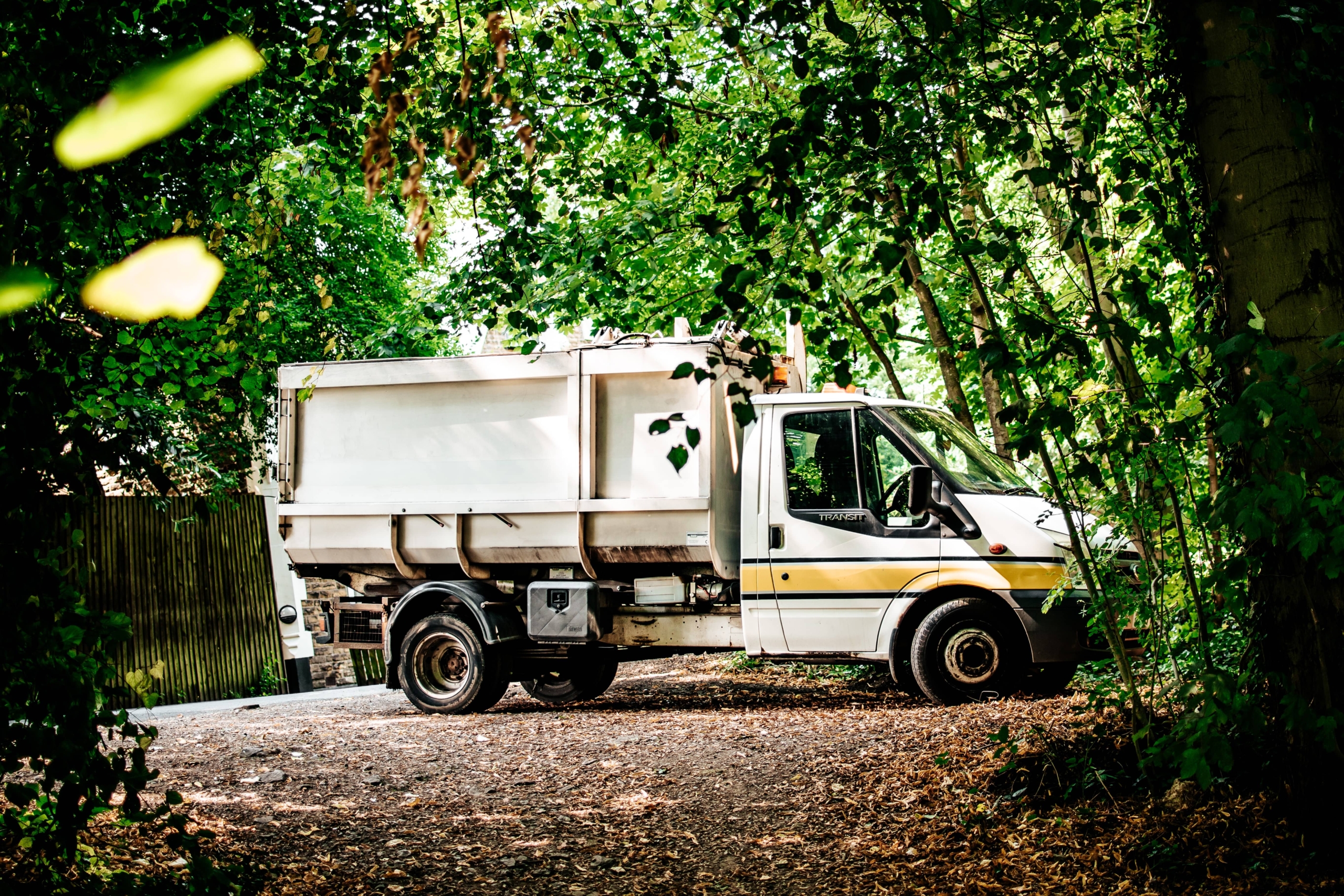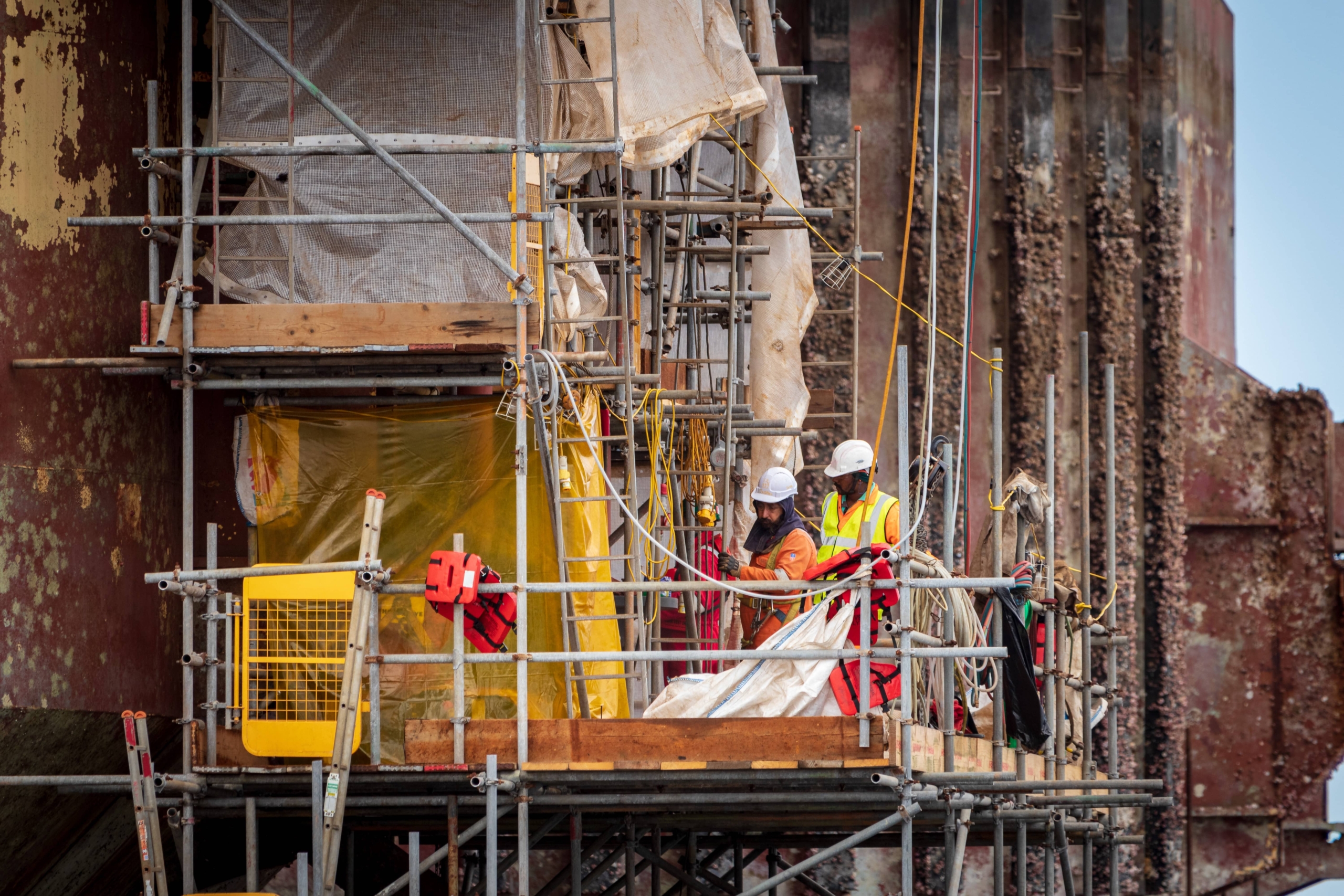Our industry has long been criticised for its negative impact on the environment.
From the emissions created by large building sites, to the mountains of unused or damaged materials produced daily, it is no wonder people are calling for a rethink in the way we’re managing waste in construction.
In this blog post, we’ll take a closer look at how the majority of the industry currently goes about it and highlight some of the differences between large and small-scale projects.
It’s becoming more and more critical that we look at ways in which we can improve upon disposal methods in order to have a more positive impact on the environment and recycle as much waste material as possible. Climate change is becoming a more eminent topic each day. There is no excuse to hold off making a difference any longer.
Managing Waste In Construction Today
Also known as C&D (construction and demolition) disposal, we are referring to the debris generated during the building, renovation, and demolition of property or infrastructure.
This can include anything from concrete and bricks to wood and drywall. It also encompasses packaging materials such as plastics and Styrofoam used to protect equipment or products during shipping.
As the UK’s biggest consumer of natural resources, the industry uses up around 400 million tonnes each year. This results in an average of 100 million tonnes being thrown away, much of which is improperly or inefficiently disposed of.
The majority of it ends up in landfill where it takes years to break down – if it ever does at all.
In fact, it’s estimated that as much as 50% of all waste in England is from activity within this sector. This is despite the fact that up to 90% of it could be recycled or reused.
Without proper understanding and increased media attention – the public is oblivious to the size of the problem. As a result, little is likely to change as no one is well-equipped enough to adapt and remove processes accordingly.
The Negative Implications
So what are some of the implications of managing waste in construction so poorly? For starters, there’s the obvious environmental impact.
As we mentioned, a lot of construction waste ends up in landfill where it takes an extremely long time to break down – if at all. This means more emissions being produced and a larger carbon footprint for the industry as a whole.
Not only that, but landfills are also a breeding ground for methane gas. This is a greenhouse gas that’s around 30 times more potent than carbon dioxide and hugely damaging to our atmosphere in large quantities.
When managing waste in construction, we need to be mindful of the long-term effects it will have on the environment as we are already at the point where no change now means we may never see a marked improvement in the climate crisis.
As well as the huge environmental impact, it is costing the industry thousands each year. More considered methods could mean we are saving huge amounts of money by reusing materials. Because the truth is, a large percentage of the things we get rid of could be used again and again – if not recycled for use elsewhere.
As fairly universal processes, it doesn’t matter if the project is a simple home renovation or a commercial development, the damage is being done from all sides.
So, unless we make these changes prominent and encourage consistency, it’s not going to have the same effect as if one or the other takes our message on board.
Improving Waste Management In Construction
There are plenty of ways we could adapt our attitude towards this topic with relative ease. It doesn’t have to be an overhaul of everything we know – small steps and some careful consideration can make a big difference. Having an agreed Waste Management Plan in place will set the scope of requirements.
Recycled Materials
Firstly, we do it more in our homes than on the building site and that is recycling. Using recycled materials in construction whenever possible can ensure we are not throwing money or emissions out the window. This can be things like using recycled metal or plastic instead of buying new, or even encouraging the use of crushed concrete as a sub-base for domestic driveways.
In doing so, we are doing four main things:
- Avoiding the ever-mounting cost of landfill tax
- Reducing disposal costs and amount of material wastage
- Increasing your competitive advantage in the industry by providing eco-friendly services
- Reducing CO2 emissions
So, not only are you saving money and impacting the environment more positively – but you are beginning a more circular economy of using less, using for longer and using things again. If everyone adopts this way of managing waste in construction, we would see a marked improvement.
Get Your Logistics In Hand
Another way is by managing waste on-site more efficiently. As simple or obvious as it may seem – many people don’t do this to an extent that actually makes an impact.
General best practice would be to initially decide who is responsible for the movement of materials and rubbish throughout the site. Having one person that knows exactly where each skip or container is, mitigates the risk of things being disposed of improperly.

On smaller projects, this will be easier to delegate and someone usually ends up with that role anyway. Especially in domestic jobs – the usual lack of disposal methods or designated areas makes it far easier to ensure it is being done correctly.
However, for larger sites we would ask you to consider how many containers you are likely going to need and where the optimal locations for storage will be when construction begins.
This will ensure the entire process is as simple as possible for everyone involved.
As well as this, simply ensuring work is carried out in a logical and planned order will reduce the risk of unnecessary waste and remedial actions. This is something we don’t often consider – but communication is undoubtedly going to play a huge role in the industry’s ability to better the ways we are managing waste in construction.
Consider How Excess Material Can Be Used
When we think about the whole process, we often get caught up in the intention of getting rid of everything. However, the best way to improve the whole idea is to minimise the things we throw away and think more clearly about reusing them instead.
There are many ways that excess material can be used on-site or even off-site that don’t involve simply chucking it in a skip. If you have rubble from an excavation or demolition, for example, this could be crushed and reused as a sub-base elsewhere on your site or donated to a community project who can make use of it.
Alternatively, domestic projects often result in plenty of usable materials that may not even need to be recycled. From one neighbour to another – you could be contributing towards landscaping projects with old bricks or giving someone the opportunity to upcycle your once-loved kitchen units.
Researching these possibilities prior to completion will ensure you’re segregating the materials appropriately during each project and can minimise waste to the highest level.
The point is that there are options available to us which mean we don’t need to get rid of everything that isn’t used in a project directly. This not only saves money but reduces the amount of waste going to landfill
Final Thoughts
Everyone needs to start managing waste in construction with the long-term effects in mind. It will require a change in the way we think about disposing of materials as well as a more proactive attitude towards reuse and recycling.
But, if we can make these small changes, the benefits for us, the environment and future generations will be huge.
Not only do larger organisations like ourselves need to form new habits, but by pushing this message through wide media and educating the general public – we can create a community who are willing to turn this industry on its head.
Being labelled as the most wasteful industry is not something we are proud of – nor do we want this to be the case any longer, so feel free to get in touch with our team for more information or advice on how you can better your next big project!
Blakeney Leigh is actively involved in working with our contractors on large and small sites to manage waste. We recycle as much material as possible, separate out into different containers and encourage innovative solutions to reduce the overall impact of the waste materials we generate.
If you would like any further information or advice on management of site related waste then head over to our website and get in touch.















Get Social